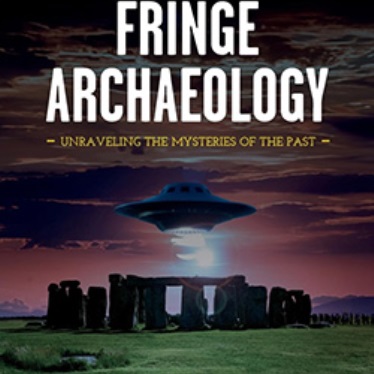History and Bioarchaeology
Alanna L. Warner-Smith, Shannon A. Novak
Oxford Research Encyclopedia of Anthropology, July 2024
Within the history of bioarchaeology, “history” has often been associated with descriptive or typological studies and pitted against “scientific” approaches. Even with this dichotomy, however, bioarchaeologists engage with myriad notions of history to categorize sites and assemblages; to define research foci, research questions, and scales of analysis; and to outline the impact of research.
“History” may be used to divide time (and sub-disciplines), separating prehistory from history and placing them under the purview of different specialists. In some instances, bioarchaeologists view the role of bioarchaeological data as contributing to historical research questions and debates within historiography, although this is often dismissed as making bioarchaeology play a “handmaiden” role to history. In other instances, “history” is taken to mean human history in deep time, and bioarchaeologists engage skeletal data comparatively to understand changes across broader geographic and temporal scales, such as transitions to different subsistence or economic practices, urbanization, or “contact” and colonialism.
With a focus on the body, however, bioarchaeologists are also well positioned to examine lived experiences across the life course. Moving between scales of analysis, bioarchaeologists keep in view human action and agency and interrogate the ways that human action both shapes and is shaped by broader economic, political, and social structures. In this view, individuals do not passively experience “history” but are active agents in broader change.
Historical bioarchaeology, which tends to be defined as the study of remains from sites and assemblages dating to post-1500 ce, includes both comparative population approaches and those that focus on individuals. These studies bring together various archival, skeletal, and archaeological datasets to refine research methods and/or to uncover biases and limitations of evidence.
These datasets are also integrated to generate research questions and insights that could not emerge from any single dataset alone. Increasingly, bioarchaeologists are considering the ethics of research, curation, and stewardship of human remains.
The integration of datasets to recover the lived experiences of persons curated in collections has been suggested as one way that bioarchaeologists can contribute to the ongoing debates and policy developments surrounding ethical research and stewardship of human remains.
Related News
School News

Nov 29, 2024
School News

Oct 23, 2024
School News

Oct 22, 2024

